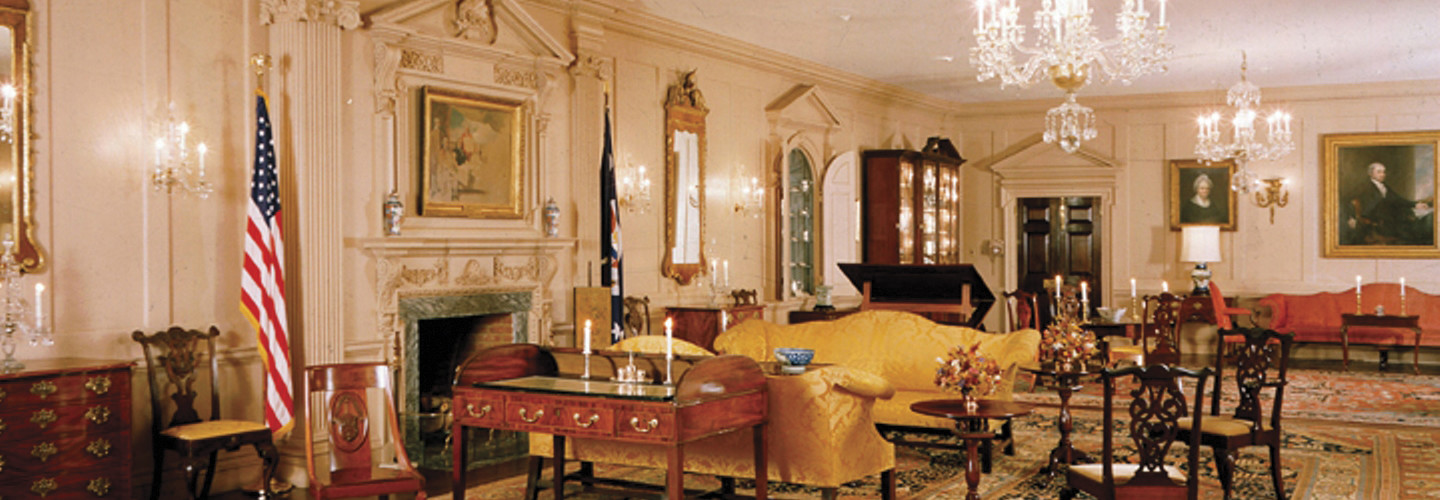State Department Uses Smart Meters to Monitor Energy Usage Abroad
Smart buildings rely on internet-connected advanced utility meters to measure utility use (such as electrical power and natural gas or water use) in real time. They also use software to collect and analyze data from advanced meters, which can then be used to alert building staff to potential problems.
The State Department’s reach sprawls across the world, with 190 missions and posts in 274 total cities. “The operating conditions are vastly different from country to country,” Van Dyke says.
For example, in Mongolia, the building embassy staff worked out of was an old Soviet-era building where staff didn’t have any control over the amount of heat that would come in. “It was negative 40 outside and people wanted to open the windows because we were sweating,” says Leila Tabor, former facilities manager for the U.S. embassy in Ulaanbaatar, Mongolia.
“One of the things that we wanted to do with the smart metering program was to give the embassy as much independence as possible,” Van Dyke says.
The State Department can have engineers in Washington “peek in and take a look at what’s going on in Africa and not have to send a quarter million dollars’ worth of engineers over to a post to take a look,” he says.
Back in Foggy Bottom, the department uses a smart energy Eaton Foreseer Monitoring System. “It’s very good at looking at large groups of data,” says Berringer. “We look at the main power coming in, we look at our emergency power system very carefully. We look at critical power, which is used for computer rooms and special areas.”
The State Department’s headquarters building has cut its energy usage by about 40 percent in the past 10 years.
MORE FROM FEDTECH: Find out more about the tech behind smart buildings.
State Department Models Smart Building Tech for Host Countries
The State Department started out with a blank slate for its smart meter platform, according to Van Dyke, because all its embassies “are from different years and have a slew of different technologies.”
The agency had to create a platform that was technology agnostic. “New technologies, new interfaces always come out, and we wanted to make sure that we were future-proofing the ability to grab energy and interpret it,” Van Dyke says.
Many host countries will tell embassy staff and diplomats that they cannot install smart meter technology because their power grid and internet service are unreliable, according to Van Dyke.
“Many times, we have our officers in the field say, ‘Did you realize that this building here at the American embassy is a smart building?’” he says. “And they can demonstrate how the technology is already active in their country. It was definitely an unexpected success to have our embassies be a model of how we can address environmental issues and energy efficiencies.”










